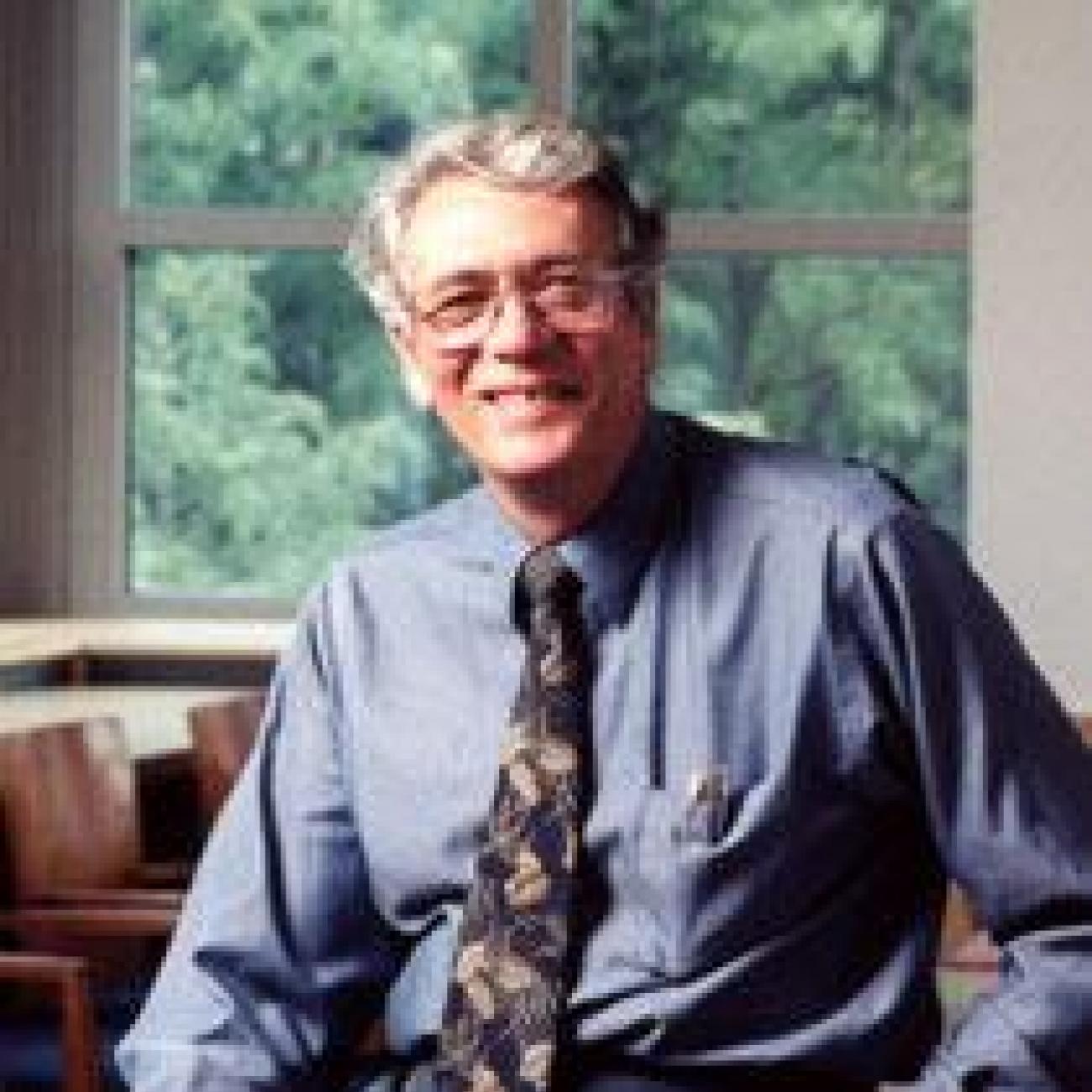Inorganic Chemistry
Metallo-radical and organo-metal substrate reactions are used in both obtaining living radical polymerization for application in block copoymer materials and energy relevant small molecule organometallic transformations.
Our NSF supported polymer program spans areas from transition metal catalyst development and block co-polymer synthesis to materials applications of nano-structured polymer arrays in membranes, sensors, and microelectronic devices. The reactivity of metal-centered radical species and organometallic derivatives are exploited in the control of radical polymerization by catalytic chain transfer and living radical polymerization. Organo-cobalt porphyrin complexes have recently been observed to mediate a highly precise living radical polymerization of acrylate monomers to form low polydispersity homopolymers and block co-polymers. This new approach to obtaining living radical polymerization occurs by a degenerative transfer pathway that involves rapid interchange of polymeric radicals in the polymer with polymeric units in the organo-cobalt porphyrin complexes. This pathway to obtain living radical polymerization is a transition metal form of degenerative transfer that we refer to as radical interchange polymerization (RIP). The expanding capabilities of living radical polymerization to provide new classes of materials required to advance issues that have significant technological relevance are exploited through an active collaboration with materials science and engineering .Two of the issues targeted as focal points for this collaboration are 1) membranes for water purification and 2) low dielectric thin films for advanced micro electric devices. New materials design strategies are determined for each of the central topics along with the requisite approaches for polymer synthesis, morphology, and property evaluation.
The DOE supported energy related research interests are centered on developing new strategies to accomplish thermodynamically and or kinetically challenging reactions such as methane activation and carbon monoxide reductive coupling and hydrogenation. Ligands are designed to achieve high selectivity through steric and electronic constraints on forming the transition states for substrate reactions .The primary focus is on group nine (Co, Rh, Ir) metal complexes where the importance of metallo-radicals is a recurring theme. Metallo-porphyrins, chlorophylls, and related macrocycles are prominent thermal and photocatalysts in biological systems and emerging as important catalyst materials for chemical manufacturing processes. The unique unique chemical and physical properties of metallo-porphyrins and macrocyclic complexes are used in producing thermal and photocatalytic cycles for small molecule reactions. Several important examples include hydrogenation of CO and CO2, activation of methane, oxidation of alkenes, photoreductions and alkene polymerization. Tethered diporphyrin ligands have been designed and synthesized that are used in forming bimetalloradical complexes of Rh(II). Bimetalloradicals provide preorganization of transition states that involve two metalloradicals and give rapid highly selective substrate reactions. Structural, kinetic-mechanistic, thermodynamic, and reactivity studies are used in characterizing intermediates, anticipating new types of reactions, and guiding strategies to produce selective catalyst materials.
Temple University, Department of Chemistry

